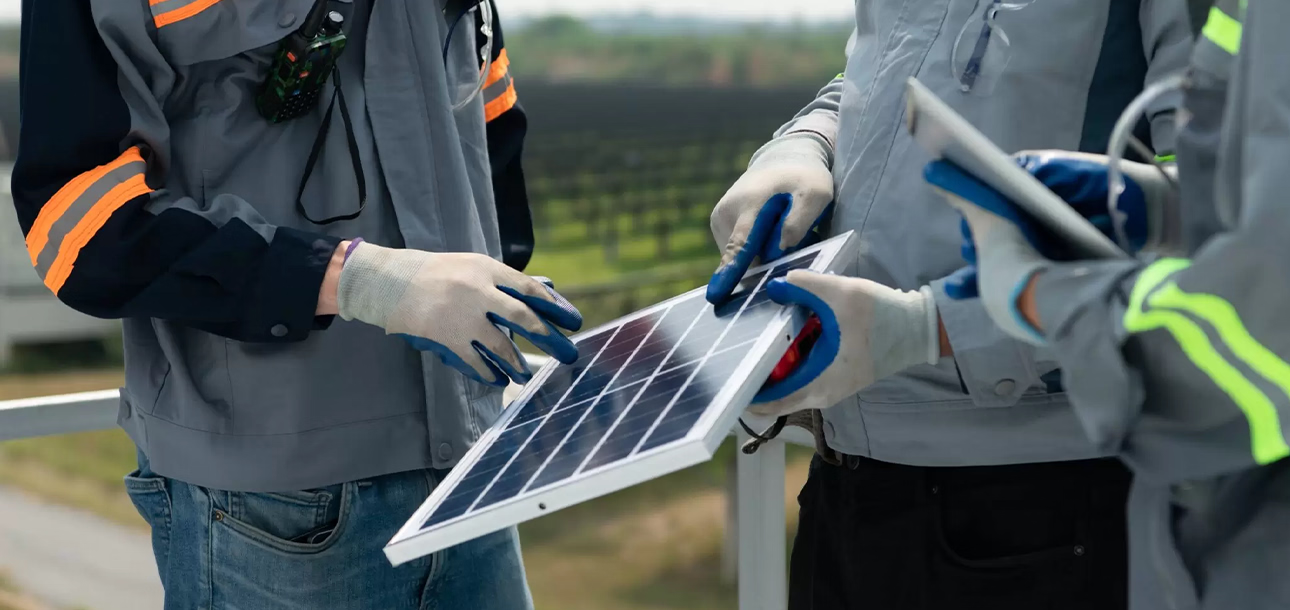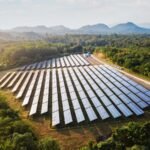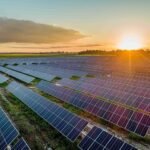The global shift toward renewable energy is not only an environmental necessity but also an economic opportunity. Investors, governments, and corporations are weighing the financial aspects of transitioning to sustainable energy sources.
Why Economics Matter in Renewable Investment
Here with Steelbridge Export, Understanding the economics behind renewable investment decisions helps identify long-term value and assess risks in this rapidly evolving market.
Cost Dynamics of Renewable Energy Projects
The first factor shaping renewable investment is cost. Over the past decade, the levelized cost of renewable energy has plummeted:
Solar Power – Costs have dropped by over 80% since 2010, making it cheaper than coal or natural gas in many regions.
Wind Energy – Offshore and onshore wind continue to deliver competitive prices, especially in Europe and Asia.
Energy Storage – Falling battery prices make renewable energy more reliable by addressing intermittency.
For investors, these declining costs redefine the profitability of renewable energy projects compared to traditional fossil fuel ventures.
 Policy and Regulatory Incentives
Policy and Regulatory Incentives
Governments play a central role in shaping renewable energy investment. Incentives reduce risk and improve returns. Examples include:
Tax Credits & Subsidies – Lower upfront costs for renewable projects.
Carbon Taxes – Increasing costs for fossil fuels.
Green Bonds & Infrastructure Funds – Opening access to long-term financing.
These policies strengthen the financial case for renewable energy, making it a cornerstone of sustainable portfolios.
Risk Factors in Renewable Investments
While opportunities are strong, investors must evaluate risks:
Market Volatility – Energy prices fluctuate, affecting returns.
Technology Uncertainty – Emerging technologies like hydrogen and advanced storage carry development risks.
Regulatory Shifts – Policy changes can impact subsidies or tariffs.
By diversifying across solar, wind, and storage, investors can balance exposure while supporting the transition to renewable energy.
Long-Term ROI in Renewable Energy
Institutional investors, private equity funds, and sovereign wealth funds are increasingly drawn to renewable energy due to its long-term stability:
Stable Cash Flows – Once built, renewable plants provide decades of predictable returns.
Hedge Against Inflation – Clean energy reduces exposure to volatile fossil fuel prices.
Sustainability Premium – Assets with strong ESG (Environmental, Social, Governance) credentials often command higher valuations.
This makes renewable infrastructure a reliable foundation for sustainable investment portfolios.
 Global Trends Reshaping Renewable Investment
Global Trends Reshaping Renewable Investment
As the demand for renewable energy accelerates, key trends are influencing decisions:
Emerging Markets Growth – Asia, Africa, and Latin America present untapped renewable opportunities.
Corporate Power Purchase Agreements (PPAs) – Companies commit to sourcing clean energy, boosting demand.
Energy Transition Goals – Countries aiming for net-zero targets drive massive renewable deployment.
These factors confirm that renewable investment is not just a moral decision but a smart economic strategy.
Ready to align profit with sustainability? Invest in renewable energy today and secure your place in the global energy transition.
FAQs
1. Why is renewable energy considered a good investment?
Because it combines long-term cost savings, government support, and sustainable growth opportunities.
2. How do subsidies affect renewable energy economics?
They lower project costs and improve profitability, especially during the early adoption phase.
3. What risks do investors face in renewable energy?
Market volatility, policy shifts, and technological uncertainty are the main risks.
4. Do renewable investments offer better ROI than fossil fuels?
In many regions, yes—renewables provide more stable long-term returns with lower risks.
5. Which renewable sector attracts the most investment today?
Solar and wind dominate, but storage and hydrogen are emerging as future growth areas.




 Policy and Regulatory Incentives
Policy and Regulatory Incentives Global Trends Reshaping Renewable Investment
Global Trends Reshaping Renewable Investment



